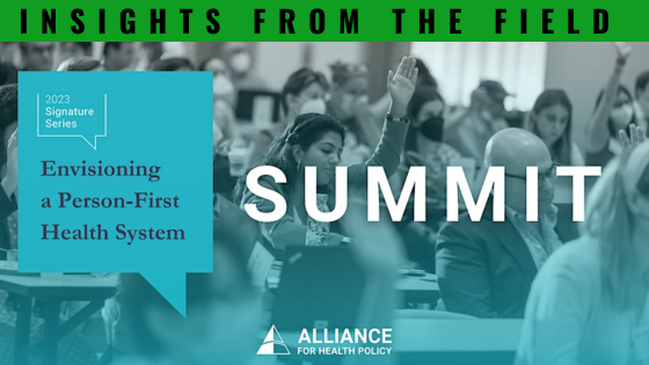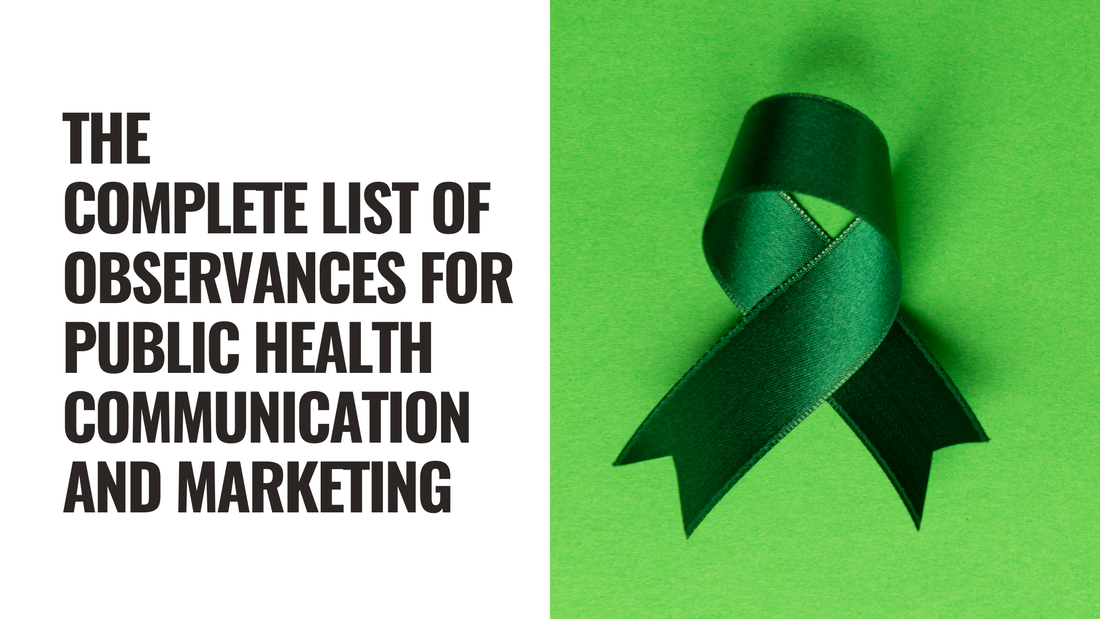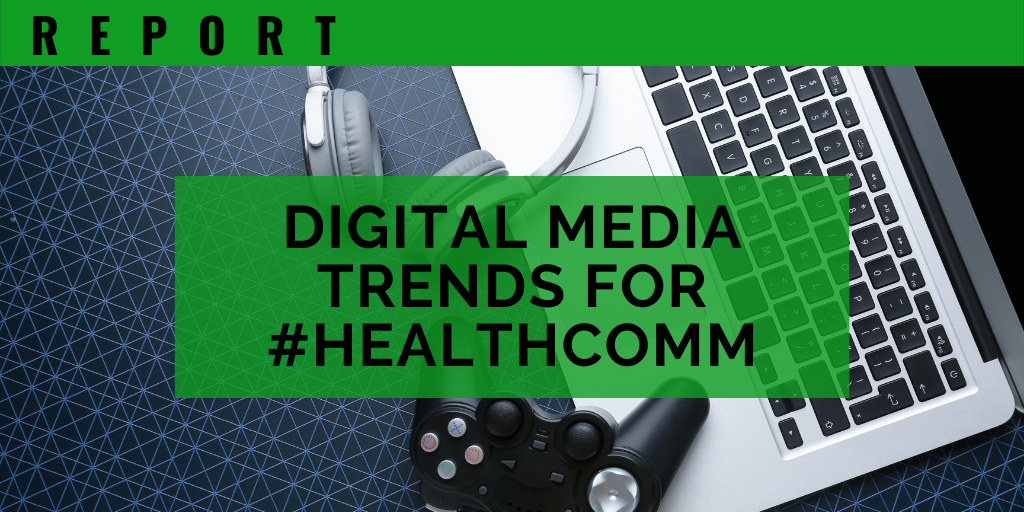|
How we think informs how we speak and can inform how we act. Stigmatizing language about weight can perpetuate weight stigma and weight bias and lead to inadequate care. In order to improve how we talk about weight, we have to first understand how we think about weight.
0 Comments
Last month, I attended the Alliance for Health Policy 2023 Signature Series Summit, where experts and professionals converged to explore the transformative concept of a patient-first health system.
Observances present a powerful tool for social marketing, health education, health promotion, and health marketing. Health awareness and action days, weeks, and months provide designated periods of time for helping to raise awareness of, mobilize resources for, and celebrate advancements in addressing important public health topics and issues.
Public health is facing a huge trust problem. The very people we are supposed to be protecting don’t trust us. If they don’t trust us, then they won’t listen to us. Plain and simple.
What does this have to do with public health merchandise?
Digital media consumption changed during the COVID-19 pandemic. The average daily time spent with digital media in the U.S. is expected to increase in 2022.
|
�
Learn about our blog submission guidelines. >>
Categories
All
|
|
Highlights
Explore
Connect
|
© 2024 Let's Talk Public Health, LLC. All rights reserved. | View our Privacy policy | Terms of service | Disclaimer | Editorial policy.






 RSS Feed
RSS Feed